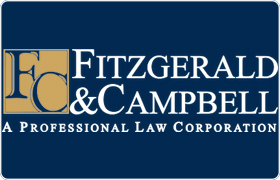Piru Bankruptcy & Debt Lawyer, California
Sponsored Law Firm
-
 x
x

Click For More Info:
-
Fitzgerald & Campbell, APLC
400 N. Tustin Avenue Suite 401 Santa Ana, CA 92705» view mapBankruptcy & Debt Lawyers Who Solve Serious Problems
We are a motivated, respected, and experienced law firm that provides affordable services that get results.
800-732-9061
Timothy Arthur Lambirth
Real Estate, Litigation, Business, Credit & Debt
Status: In Good Standing *Status is reviewed annually. For latest information visit here
Chantal Joan Vanongevalle
Dispute Resolution, Bankruptcy
Status: In Good Standing *Status is reviewed annually. For latest information visit here Licensed: 29 Years
Raymond Jake Bulaon
Tax Litigation, Business, Bankruptcy & Debt
Status: In Good Standing *Status is reviewed annually. For latest information visit here Licensed: 28 Years
Taylor Findley Williams
Commercial Real Estate, Litigation, Contract, Credit & Debt
Status: In Good Standing *Status is reviewed annually. For latest information visit here
 Gregory Fitzgerald Santa Ana, CA
Gregory Fitzgerald Santa Ana, CA AboutFitzgerald & Campbell, APLC
AboutFitzgerald & Campbell, APLC Practice AreasExpertise
Practice AreasExpertise